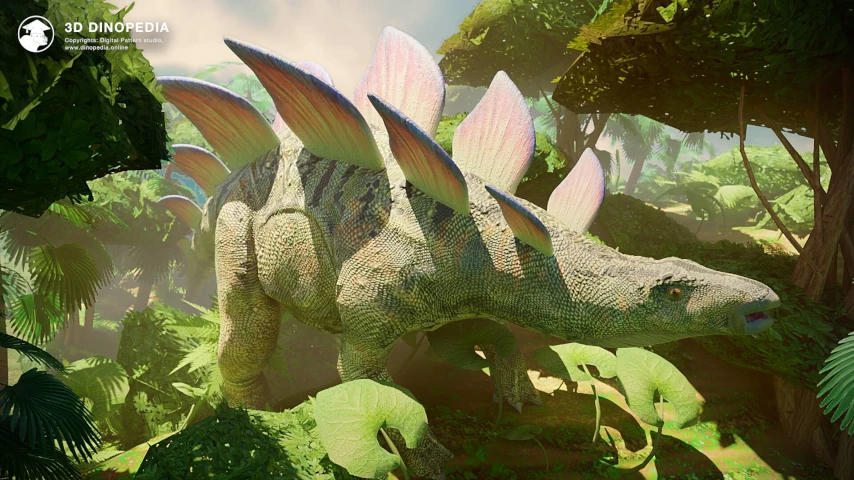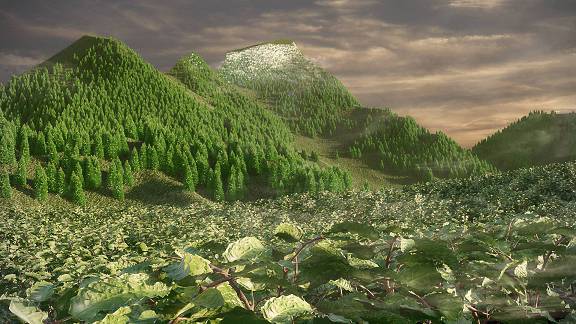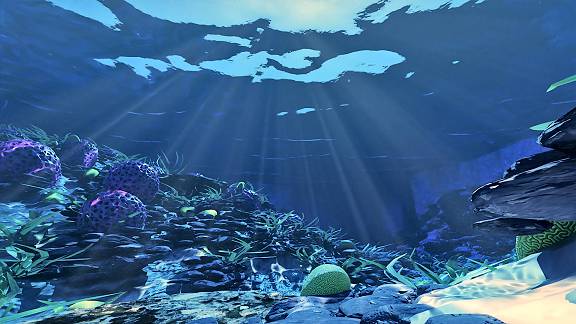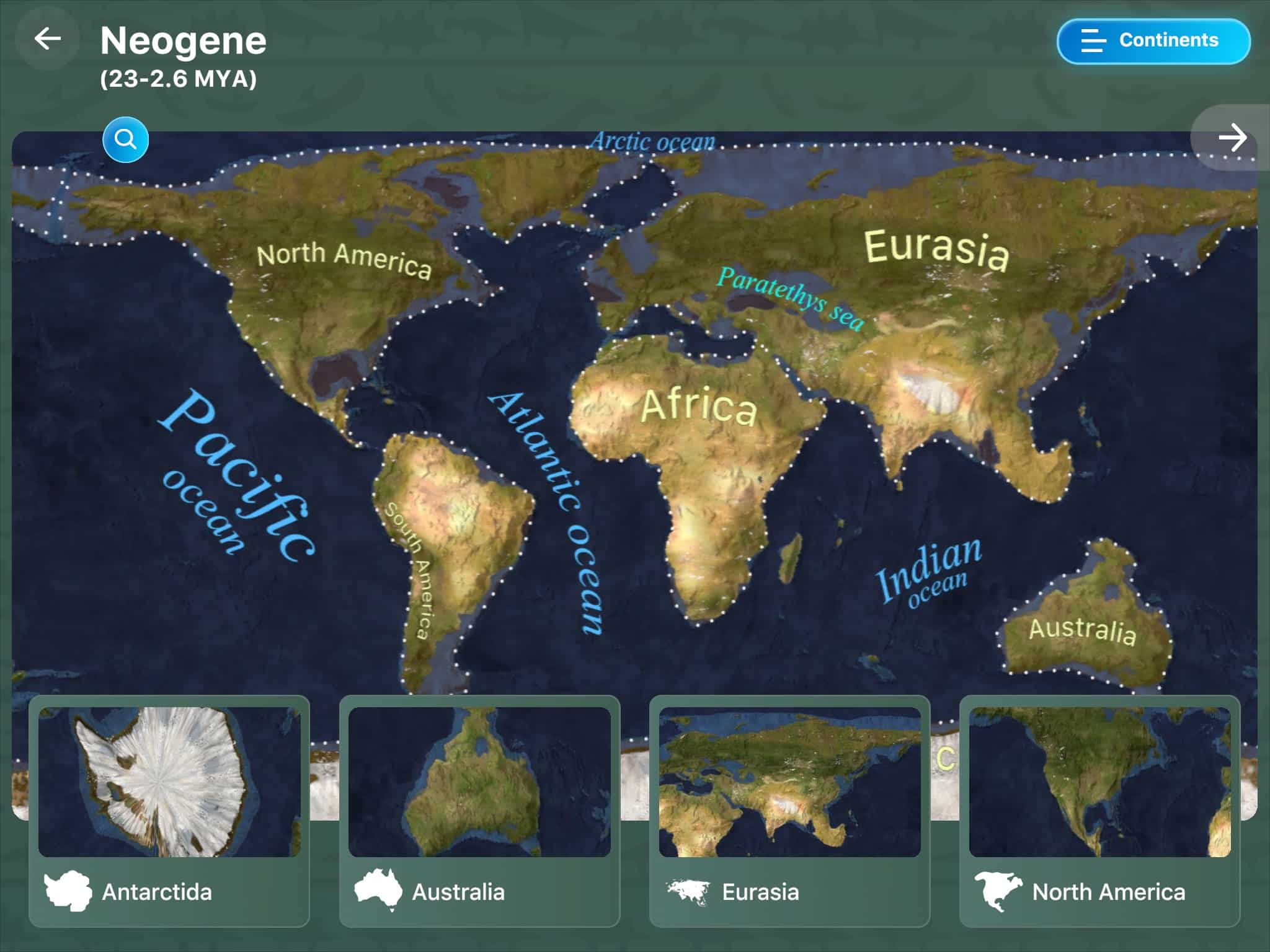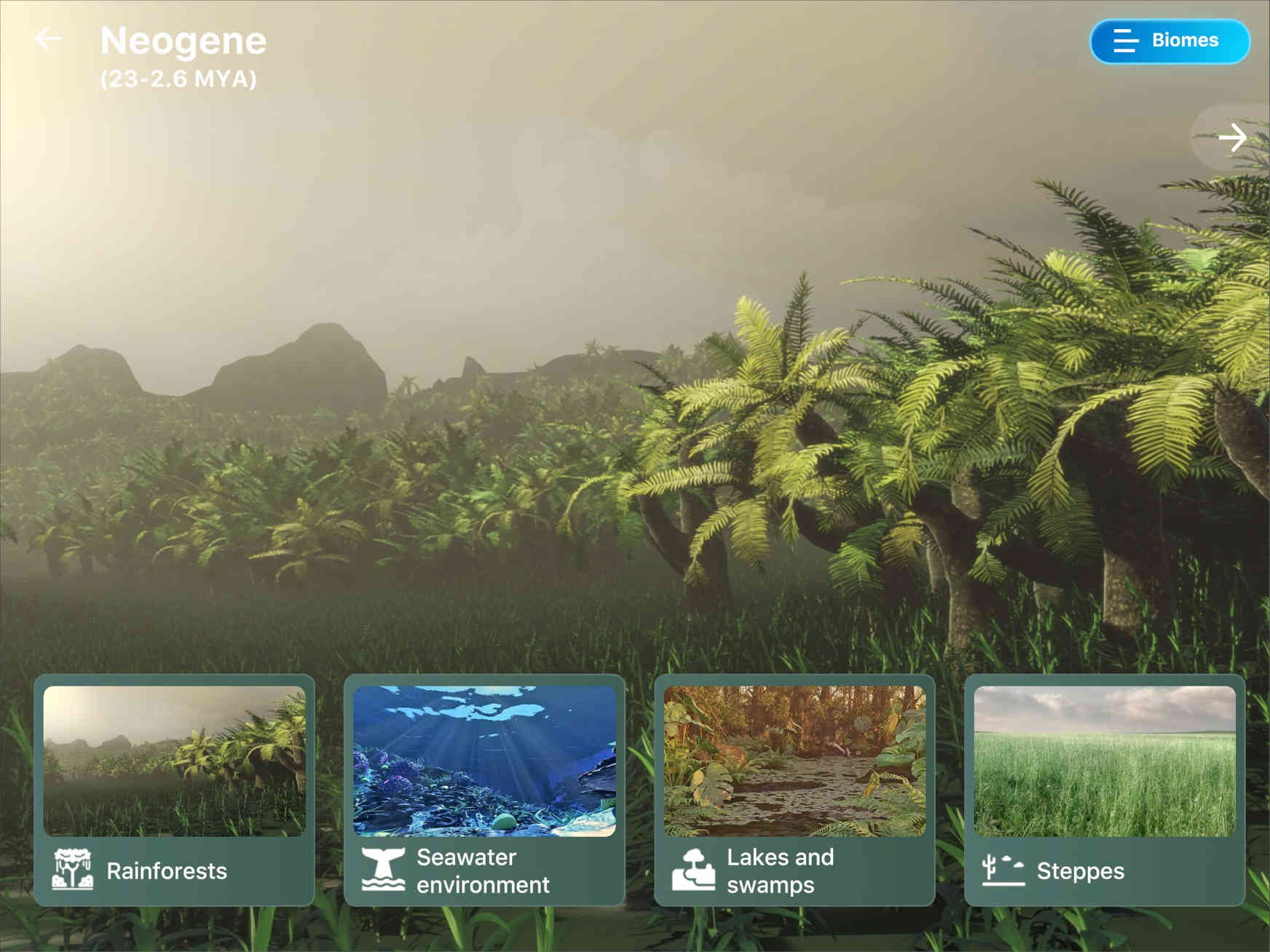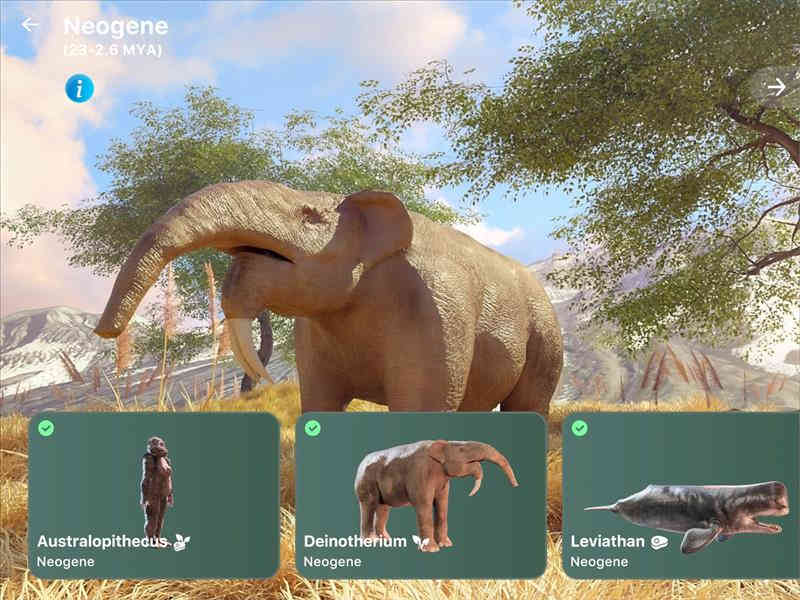Lakes and marshes
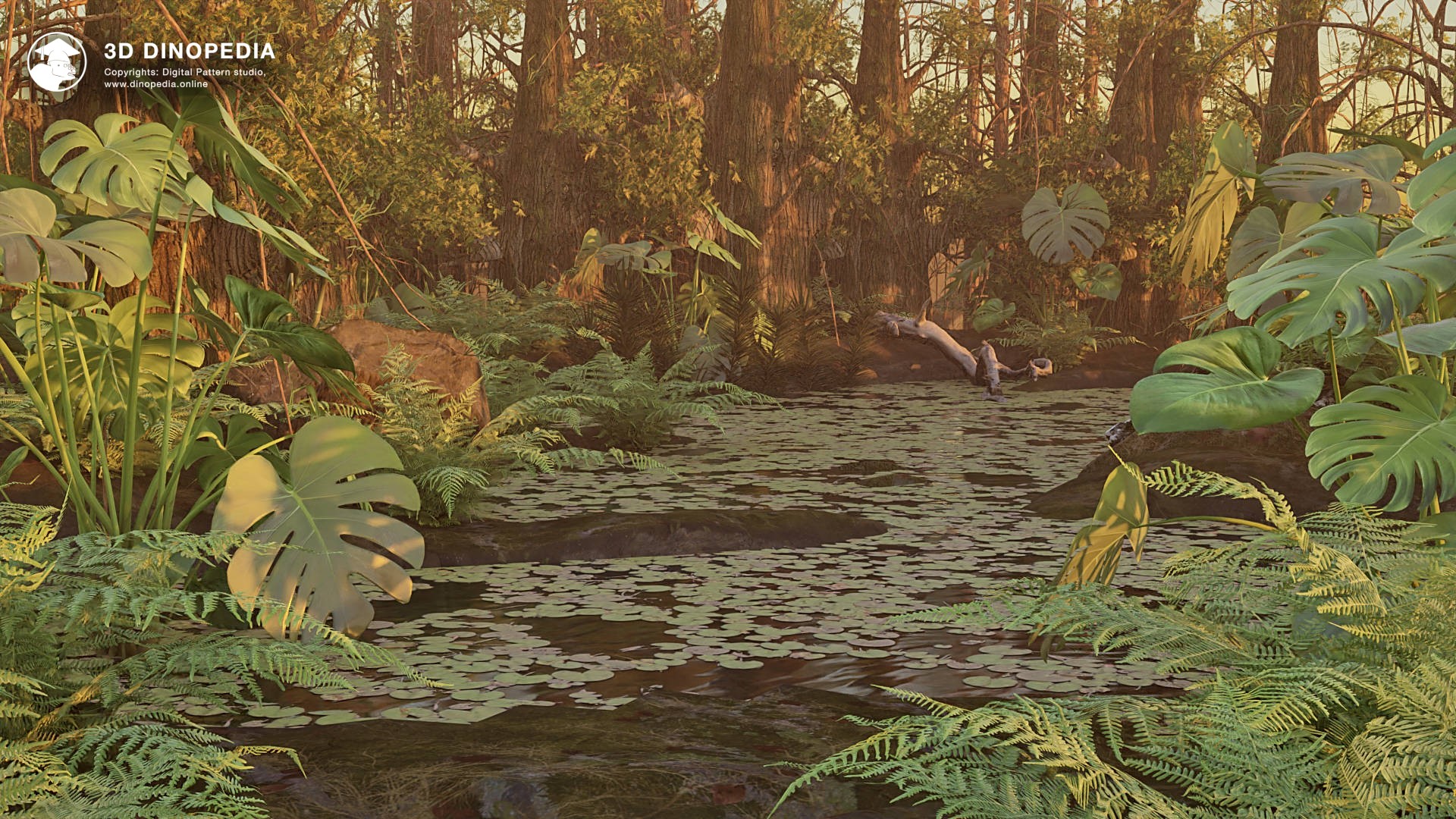
Lakes and swamps represent a unique community of living organisms. Aquatic inhabitants are characterized by their ability to live in standing water with a high organic content. And the creatures living on the shores of lakes and swamps are extremely moisture-loving. The soils around lakes, and especially swamps, are poor in minerals, creating certain difficulties for plant development.
During the Jurassic period, horsetails, ferns, clubmosses, and mosses grew abundantly around lakes and swamps. These plants even today prefer the wettest places, and some grow directly in water, for example, the aquatic horsetail Equisetum thermale. For the first time, among semi-aquatic plants, ancient flowering ones appear.
In addition to herbaceous forms, swampy areas were colonized by their tree-like relatives, for example, the seed fern Pachypteris. Some gymnosperms were also able to live on marshy soils, for example representatives of the class Ginkgo, such as Sphenobaiera.
Among the Juras...
During the Jurassic period, horsetails, ferns, clubmosses, and mosses grew abundantly around lakes and swamps. These plants even today prefer the wettest places, and some grow directly in water, for example, the aquatic horsetail Equisetum thermale. For the first time, among semi-aquatic plants, ancient flowering ones appear.
In addition to herbaceous forms, swampy areas were colonized by their tree-like relatives, for example, the seed fern Pachypteris. Some gymnosperms were also able to live on marshy soils, for example representatives of the class Ginkgo, such as Sphenobaiera.
Among the Juras...
 3D BIOMES
3D BIOMES
